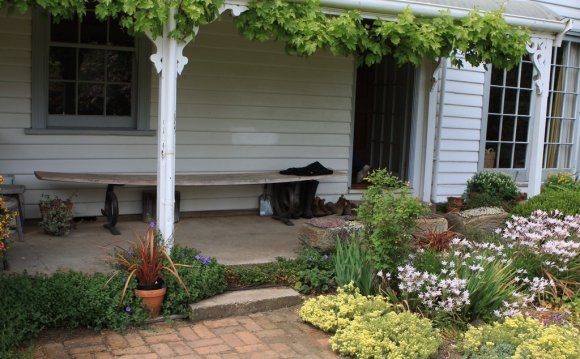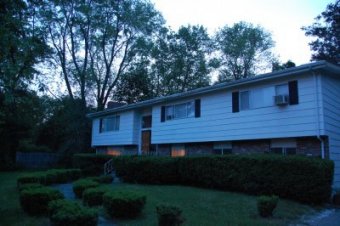
 Choosing a good foundation plant is an important aspect of landscape design. The right foundation plant can add to the value of your home, whereas the wrong one can take away from it. You should always select plants that are well adapted to your area.
Choosing a good foundation plant is an important aspect of landscape design. The right foundation plant can add to the value of your home, whereas the wrong one can take away from it. You should always select plants that are well adapted to your area.
Foundation plants for the front yard should be attractive year round. While many people prefer evergreens as foundation plants, you shouldn’t overlook the potential of deciduous plantings, as their leaf and twig color can be equally interesting.
Use bright colored sparingly when located near the house, as these can be considered an eyesore up close and are better viewed at a distance.
Plants located within 5 to 10 feet of the foundation should also be drought-tolerant to prevent moisture problems near the home from watering.
You should also avoid planting under the eaves whenever possible.
Size of Good Foundation Hedge Plant
Not all foundation plants are the same size at maturity; therefore, it’s important to choose those that meet your needs.
Low-growing shrubs, like yew, juniper, boxwood, and holly, are good choices for foundation plantings. Shorter shrubs should have at least a 3-foot clearance between them and the house for optimum air circulation. Allow adequate spacing between plants to prevent overcrowding.
Tree-form evergreen shrubs such as wax myrtle, ligustrum, or cherry laurel can also be used in small areas. However, these larger shrubs should be located at least five feet from the home.
Finding a good foundation hedge plant may include choosing one that does well in shade too. Each of these evergreen shade-loving foundation plants is suitable for areas with partial to light shade.
Foliage perennials, such as hostas and ferns, are also excellent choices for shady areas around the foundation.
Tall Plants That Can Be Planted Near a Foundation
Except for small flowering trees, large plants should not be used as foundation plantings. In fact, small ornamental trees may be more appropriate near the corner of the home instead. Good choices are:
Trees often have roots that may spread under the home’s foundation, which can lead to serious problems. Tall plants can also obstruct the views around windows, which may lead to safety issues.
Vining Plants to Cover Foundation
There are many ground cover plants used in foundation plantings. Ground covers can be used extensively in foundation plantings and are flattering to most gardening styles. While ground cover foundation plants that are low and spreading can be used, these should be kept at least 12 inches away from the house’s foundation.
A continuous planting of one kind of ground cover can actually tie other foundation plantings together, creating unity among groups of shrubs or perennials. Ground covers can be used to provide a natural and attractive edging for the lawn as well. Some popular choices include liriope, ivy, creeping juniper, periwinkle, and sweet woodruff.















